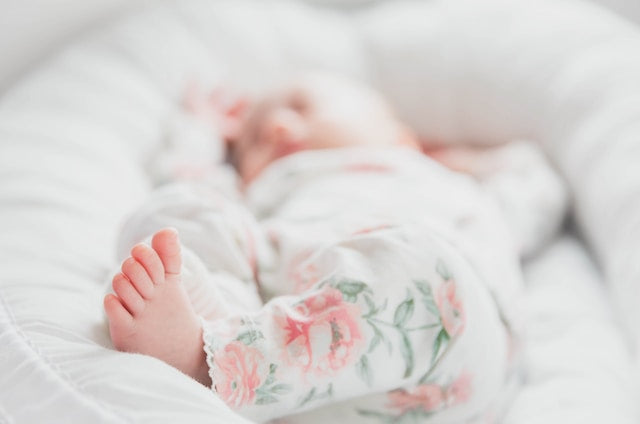
Ensuring Peaceful Slumbers: Unveiling the Secrets of Baby Sleep Safety
Share
Welcoming a little bundle of joy into your life is an exhilarating experience. As parents, we strive to create a nurturing and secure environment for our precious ones, especially when it comes to their sleep. Ensuring baby sleep safety is of utmost importance to promote healthy development and peaceful slumbers.
In this blog post, we will unravel the secrets to providing a safe sleeping environment for your little one, empowering you to make informed decisions that prioritize their well-being.
-
The ABCs of Safe Sleep: The American Academy of Pediatrics (AAP) recommends following the ABCs of safe sleep practices for infants: Alone, on their Back, and in a Crib. Remember, your baby should always sleep alone in a crib, bassinet, or play yard, as co-sleeping arrangements can increase the risk of accidents. Additionally, placing your baby on their back to sleep is crucial to reduce the risk of sudden infant death syndrome (SIDS).
-
Optimal Sleep Environment: Creating an optimal sleep environment plays a vital role in promoting safe

and restful slumbers for your little one. Ensure the crib or bassinet meets the current safety standards, with a firm mattress and a snug-fitting sheet. Remove any pillows, blankets, stuffed animals, or bumper pads from the sleep area, as they can pose suffocation hazards. Maintaining a comfortable room temperature, between 68-72°F (20-22°C), and using a sleep sack or wearable blanket can keep your baby cozy without the need for loose bedding.
- SIDS Prevention Measures: Sudden Infant Death Syndrome (SIDS) is a tragic and unexplained phenomenon that affects some infants during sleep. While the exact cause is unknown, there are preventive measures that can significantly reduce the risk. Apart from placing your baby on their back to sleep, consider the following recommendations: a. Breastfeeding: Research suggests that breastfeeding can lower the risk of SIDS. b. Immunizations: Keeping your baby up to date with immunizations can contribute to reducing the risk of SIDS. c. Avoid Smoking: Smoke exposure increases the risk of SIDS. Ensure a smoke-free environment for your baby. d. Tummy Time: Encouraging supervised tummy time during awake periods can aid in development and reduce the risk of SIDS. e. Pacifier Use: Offering a pacifier at bedtime and naptime has shown to be protective against SIDS.
-
Monitor and Respond: While implementing safe sleep practices is crucial, it's equally important to monitor your baby while they sleep. Consider using a baby monitor to keep an eye on them from a distance. Modern monitors offer video and audio capabilities, allowing you to observe your baby without disrupting their sleep. However, it's important to remember that a baby monitor is not a substitute for parental presence and supervision.
-
Nurturing Healthy Sleep Habits: Beyond creating a safe sleep environment, fostering healthy sleep habits can contribute to better sleep for your little one. Establishing a consistent bedtime routine, including calming activities such as bath time or reading a book, can signal to your baby that it's time to wind down. Additionally, promoting a soothing sleep environment by dimming lights, minimizing noise, and creating a sense of security can help your baby relax and fall asleep more easily.
As parents, it's our responsibility to prioritize the safety and well-being of our babies, especially during their sleep. By following the ABCs of safe sleep, optimizing the sleep environment, taking preventive measures against SIDS, monitoring your baby, and nurturing healthy sleep habits, you can provide a secure and peaceful sleeping environment for your little one. Remember, each baby is unique.

